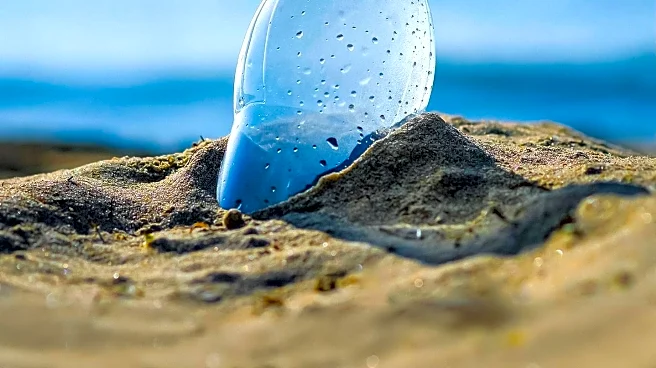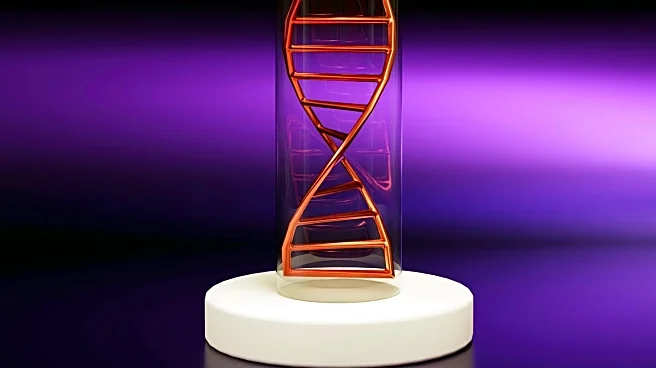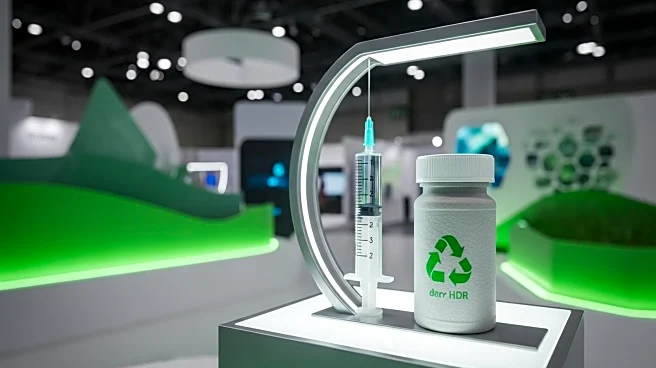What is the story about?
What's Happening?
Recent research has revealed that bottled water, often perceived as a pure and safe drinking option, contains microplastics that pose significant health risks. The study, led by Sarah Sajedi, highlights that individuals consuming bottled water ingest significantly more microplastic particles compared to those who drink tap water. These microplastics, which are invisible to the naked eye, can range from one micron to five millimeters in size. They originate from the low-quality plastic used in bottles, which shed tiny pieces during manufacturing, storage, and transportation. Once ingested, these particles can cross biological barriers, enter the bloodstream, and reach vital organs, potentially causing chronic inflammation, hormonal disruption, and neurological damage. Despite these findings, the long-term health effects remain understudied due to a lack of standardized testing methods.
Why It's Important?
The discovery of microplastics in bottled water raises significant public health concerns, as these particles are linked to various health issues. The widespread consumption of bottled water means that a large portion of the population could be at risk of chronic health problems. This research underscores the need for increased awareness and education about the potential dangers of single-use plastic bottles. It also highlights the importance of legislative action to address plastic waste, particularly focusing on single-use water bottles, which are often overlooked in environmental policies. The findings could influence consumer behavior, encouraging a shift towards more sustainable drinking options and prompting regulatory bodies to implement stricter controls on plastic production and waste management.
What's Next?
The study suggests that education is crucial in mitigating the risks associated with microplastics in bottled water. Consumers need to be informed about the chronic toxicity risks of regular bottled water consumption. Additionally, there may be increased pressure on governments and environmental organizations to expand legislative measures targeting single-use plastics, including water bottles. Researchers are likely to continue exploring the health impacts of microplastics, aiming to develop more reliable and cost-effective methods for detecting and measuring these particles. This could lead to more comprehensive studies and potentially stricter regulations on plastic use in the future.
Beyond the Headlines
The presence of microplastics in bottled water not only poses health risks but also raises ethical and environmental concerns. The production and disposal of plastic bottles contribute significantly to environmental pollution, affecting ecosystems and wildlife. This research could catalyze a broader movement towards reducing plastic waste and promoting sustainable practices. It also highlights the need for innovation in packaging materials and recycling technologies to minimize environmental impact. The study serves as a reminder of the interconnectedness of human health and environmental sustainability, urging a reevaluation of current consumption patterns and waste management strategies.
AI Generated Content
Do you find this article useful?













